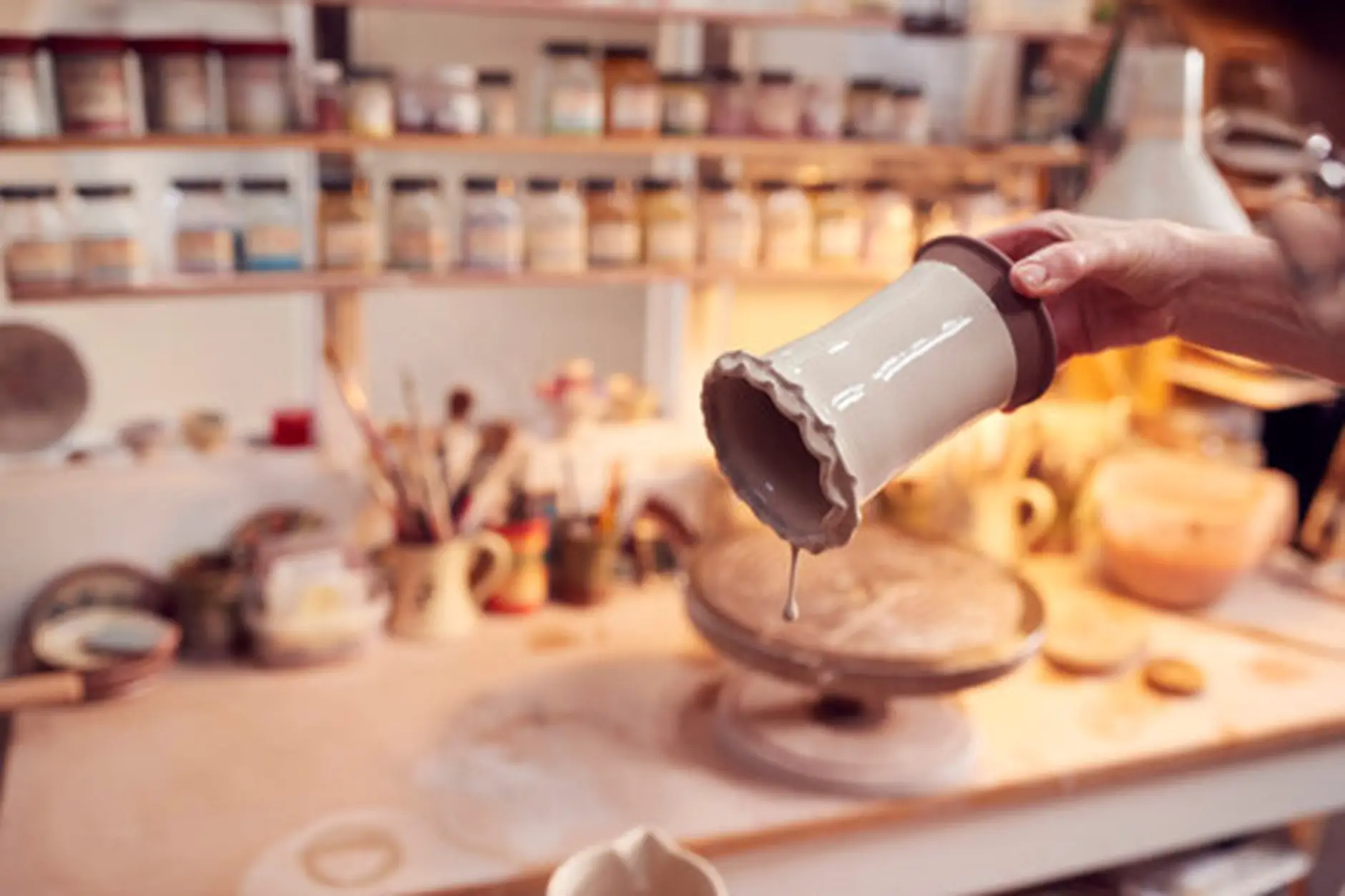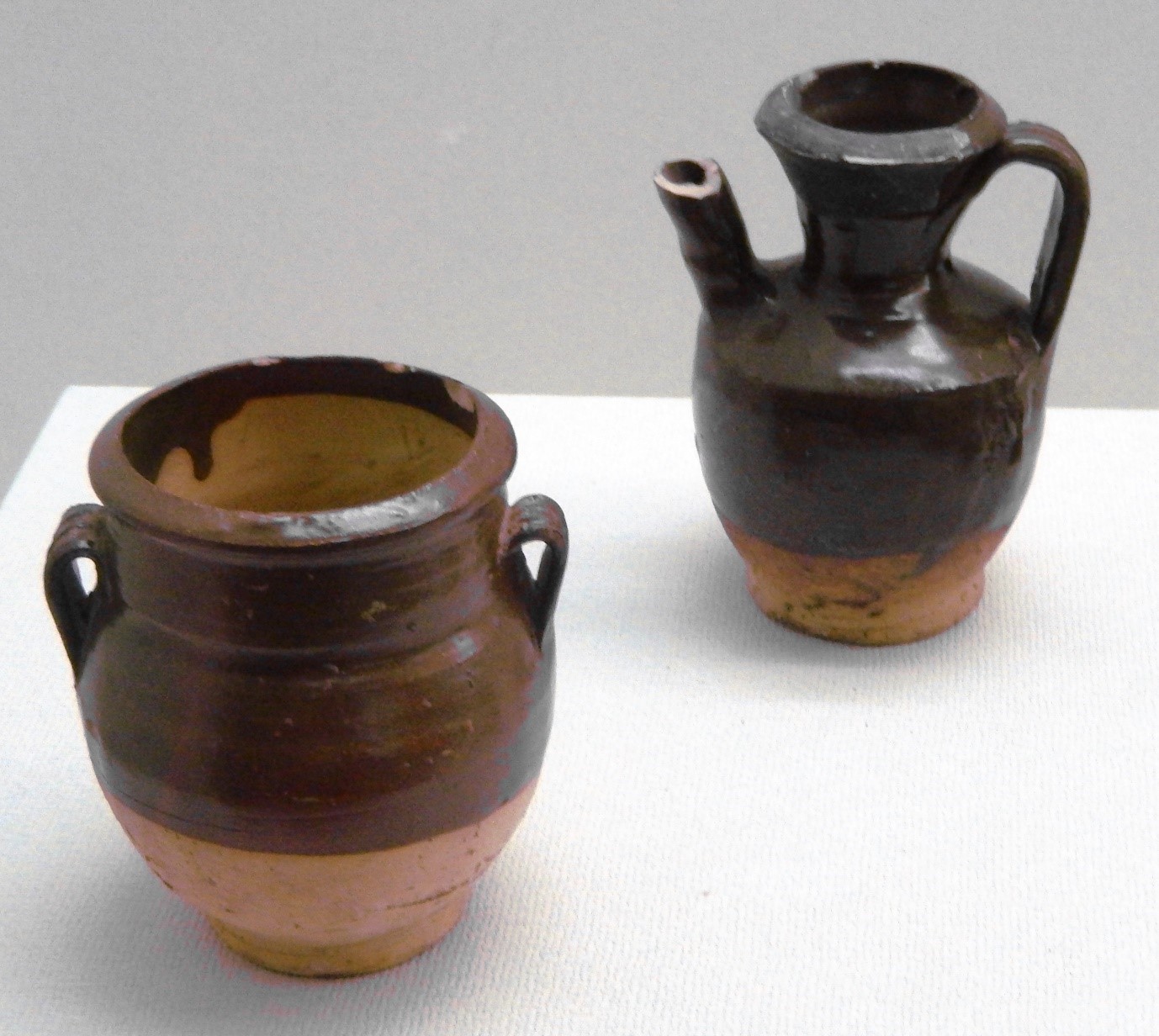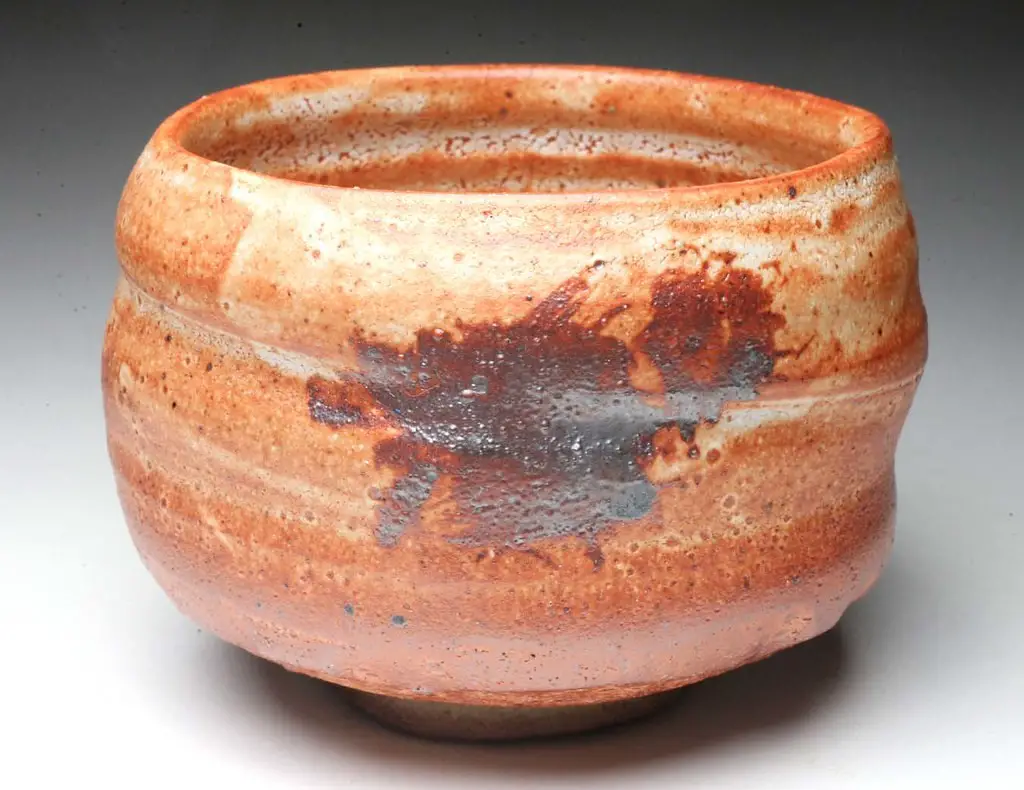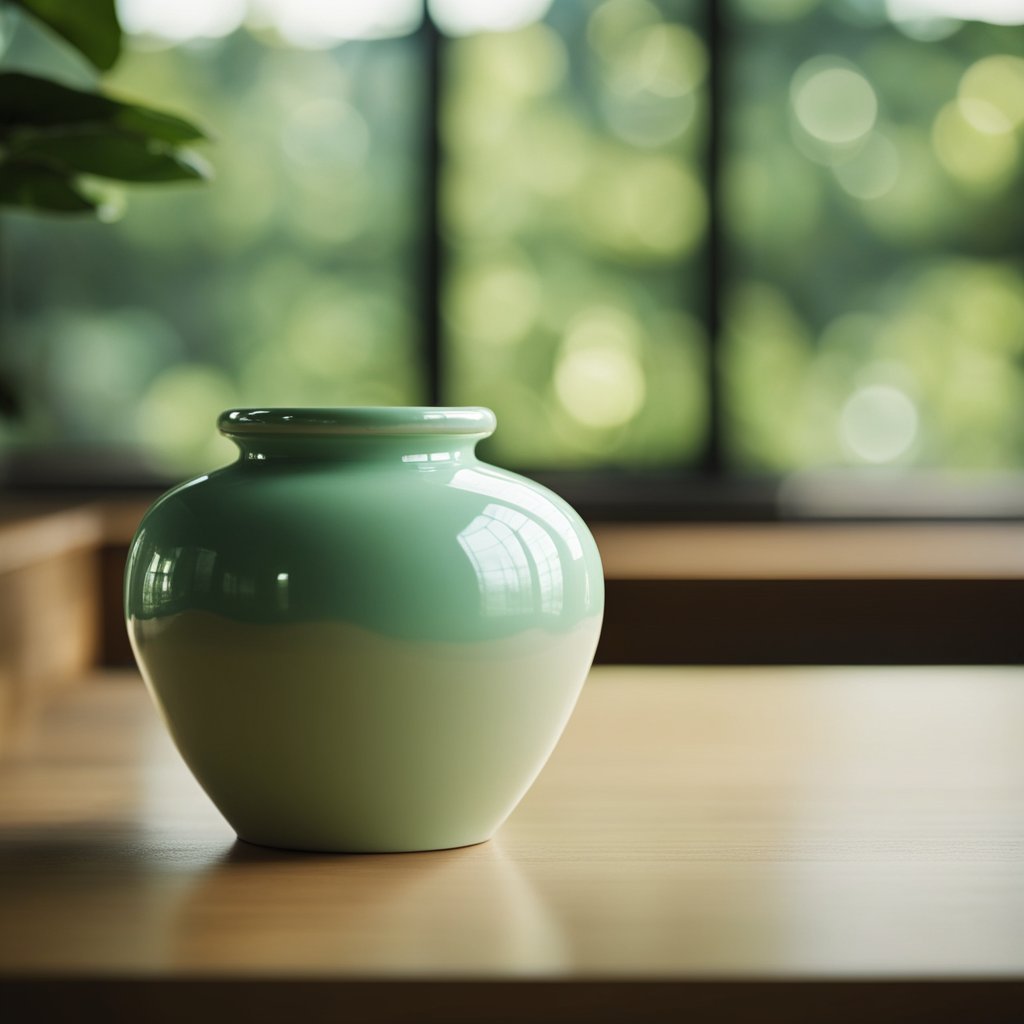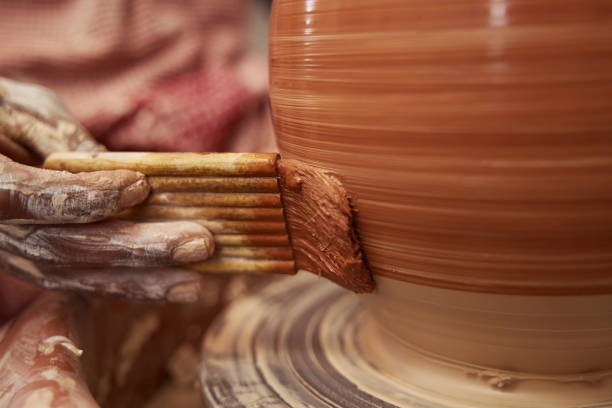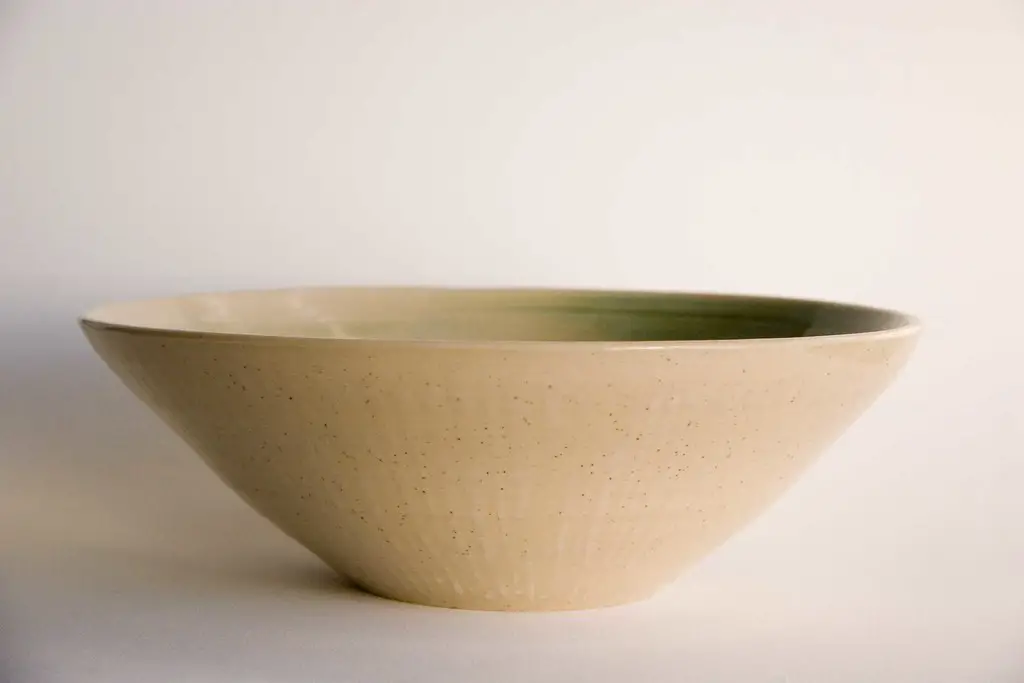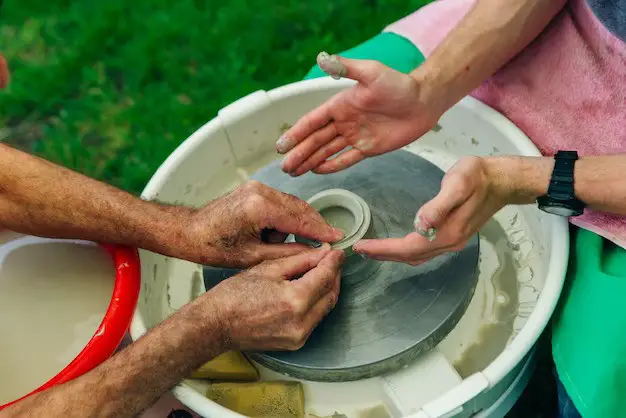Have you ever noticed that, over time, small crystalline particles or lumps can form on the surface of your glazed ceramic? This phenomenon is known as glaze precipitation and can be a frustrating defect on an otherwise smooth ceramic.
Glazing is done by applying a glossy substance to your ceramic object’s surface and then firing it. It gives your ceramic a smooth finish and can add attractive colors. Hence, it is very disappointing when crystals develop on the surface and ruin what you had painstakingly achieved. But rest assured, because it is avoidable.
This comprehensive article will outline the reason for glaze precipitation, its underlying science, and the preventative measures you can take.
How To Spot Glaze Precipitation?
Several defects, such as pinholes, blisters, and crazing, can damage your ceramic surfaces. Knowing the distinctive features of glaze crystallization is crucial to pinpoint the issue in your glazing methods accurately.
Given below are the factors you can take note of to identify glaze precipitation.
-
Shape
Precipitation can look like little bumps on your ceramic surface. Upon a closer look, they may have sharp edges and flat faces characteristic of crystals.
However, this may not always be the case. Sometimes, the crystals are spherical. One defining feature is that the lumps will always be uniform in shape, whether sharp or rounded.
-
Time Of Formation
Glaze precipitation may occur soon after you create the ceramic or may take months to develop. But other defects, such as blistering and crazing, are immediate. You will always notice them right at the start.
-
Glazing Method
Think back to your glazing process and try to find the mistakes you might have made. Did you use hard water? Did you store the glaze for too long or neglect to sieve it? All of these can lead to precipitation.
On the other hand, blistering happens when you hold the clay too close to direct heat, and crazing results from applying the glaze coat too thick.
Why Does Glaze Precipitation Occur?
Glaze precipitation arises when your ceramic slurry contains fully or partially soluble materials or hard water. The small solid particles dissolved in the slurry will crystallize over time, leaching out of the surface to form hard lumps.
It may be difficult to imagine that materials such as powdered rock or glass are soluble. You do not observe them dissolving into any liquid in your daily life. But solubility results from chemistry, and to know the reason behind glaze lumps, you will need to learn the underlying science.
Solubility can be a result of the fineness of the material. For example, a pebble may not dissolve in water, but if you ground it into a powder, the smaller particles will be more likely to dissolve. Furthermore, your slurry can sometimes have salt contaminants. They can cause brown scum to precipitate on your ceramic surface after drying.
What Are The Types Of Glaze Precipitation?
The appearance of the glaze crystals depends on the materials in your slurry and the reactions that cause crystallization. Based on these factors, you may observe different kinds of crystals and ooids.
The table below lists some common glaze combinations and the type of precipitation that may result from them.
Glaze Constituents |
Resulting Precipitation |
Ball clays or Gerstley Borate |
A brown scum gathers on the ceramic surface after it dries. |
Concentrated Boron frit in hard water |
Small, light brown spheres appear over time on the surface of the ceramic |
Unsieved frit with silica, kaolin, and wollastonite |
Tiny bumps or scales on the surface |
Ravenscrag Slip (90%) with iron oxide (10%) |
A dull and milky surface because of the iron saturating the crystals |
Lead bisilicate frit (60%), borax frit (10%), and Cornwall stone |
Numerous small white spherical balls gathered on the ceramic surface |
Ferro frit 3195 (85%) |
Gray, cubical crystals as big as 1 mm. |
How To Prevent Glaze Precipitation?
Glaze crystallization is a problem that can be solved by making significant changes in your methods. Though it is nearly impossible to smoothen away crystals formed on the surface of your ceramic, you can always watch out for similar formations in your stored glaze and take preemptive measures.
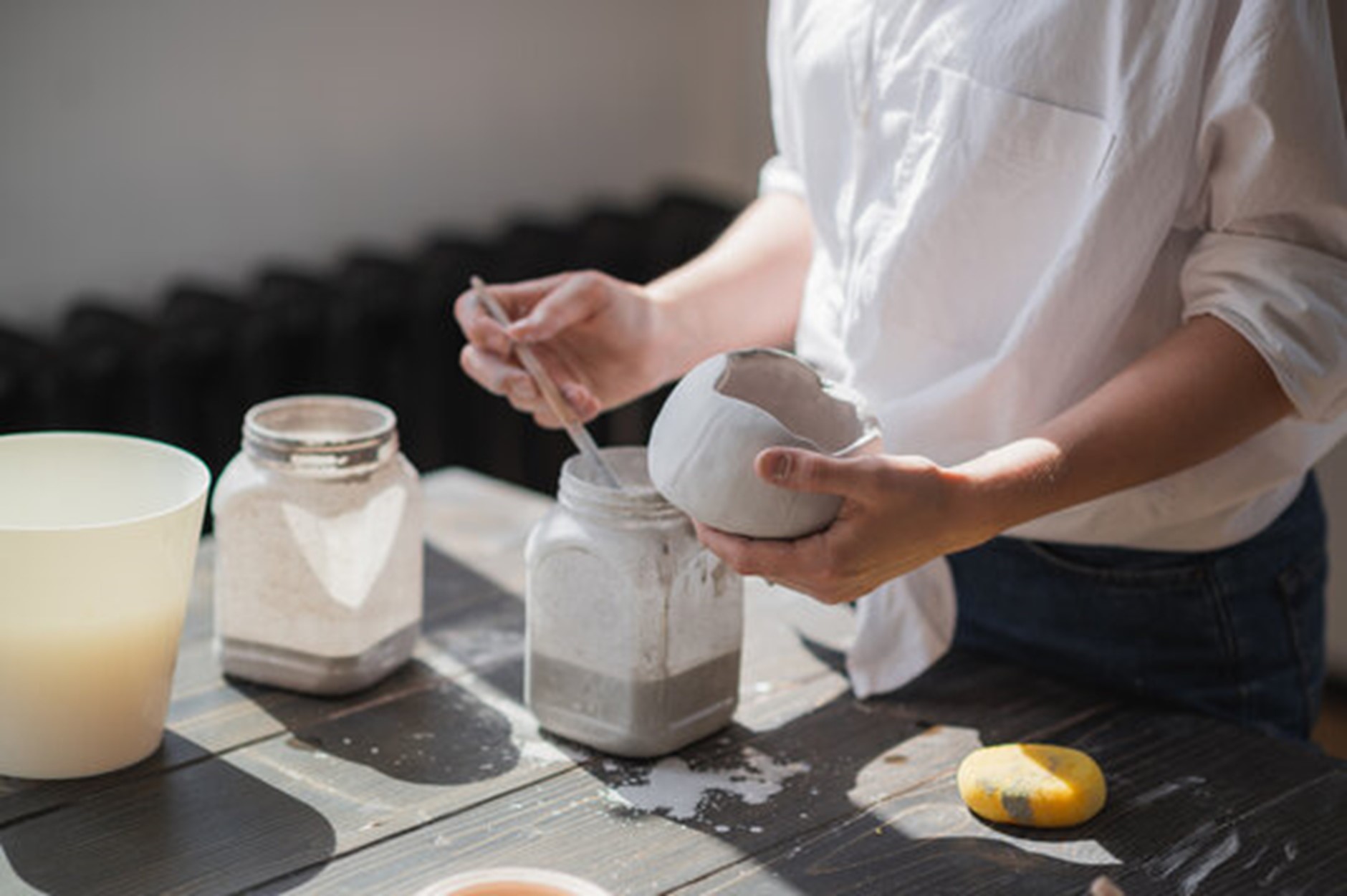
Below are some steps you can take to prevent glaze precipitation.
-
Pay Attention To The Materials
Whether you like to mix your glaze from scratch or purchase raw materials, you must pay close attention to the constituents.
Identify problematic items such as salt contaminants, calcium, or magnesium. Note down the solubilities of each material to know the risk of developing precipitation.
-
Educate Yourself
The compound names and scientific terminology may look overwhelming, but remember that most things become easy with practice.
Knowledge of the chemistry behind glazing can come in handy. For example, if your glaze contains a material prone to crystallizing, you can search for a substance to mix into your glaze that will react in a way that prevents precipitation.
-
Store Your Glaze In The Proper Way
It would be best to take proper care while storing the glaze slurry to ensure no crystals form. It is not recommended to keep glaze for prolonged amounts of time. Instead, you should make small batches and renew them when necessary.
Keeping your glaze in a cool area will reduce the chances of crystallization. It is also beneficial to stir the mixture at regular intervals to discourage crystal formation.
-
Screen The Glaze
When using stored glaze, sieve it through a fine mesh to remove any crystals that may have formed. If you find a crystal residue, separate it and heat it gently in a microwave until you see it dissolve back into a liquid.
-
Choose Good Quality Glaze
There are a variety of companies selling different types of glazes. But many of them may use low-quality materials and poor methods that ultimately result in glaze precipitation.
You have to make sure to select the perfect product. DecoArt Triple Thick Gloss Glaze is an excellent glaze that is easy to apply, gives your ceramic a glassy finish, and is made of top-notch materials that ensure the smoothness of the surface.
Conclusion
Glaze precipitation is a vexing problem that can ruin a perfect surface. But with the proper knowledge, materials, and tactics, you can learn how to combat it. When it comes to glazing crystals, prevention is always better than trying to find a cure. Practicing the proper techniques of mixing and storage, along with experience from your past mistakes, will help you perfect the art of getting a smooth glazed surface that does not crystallize over time.

